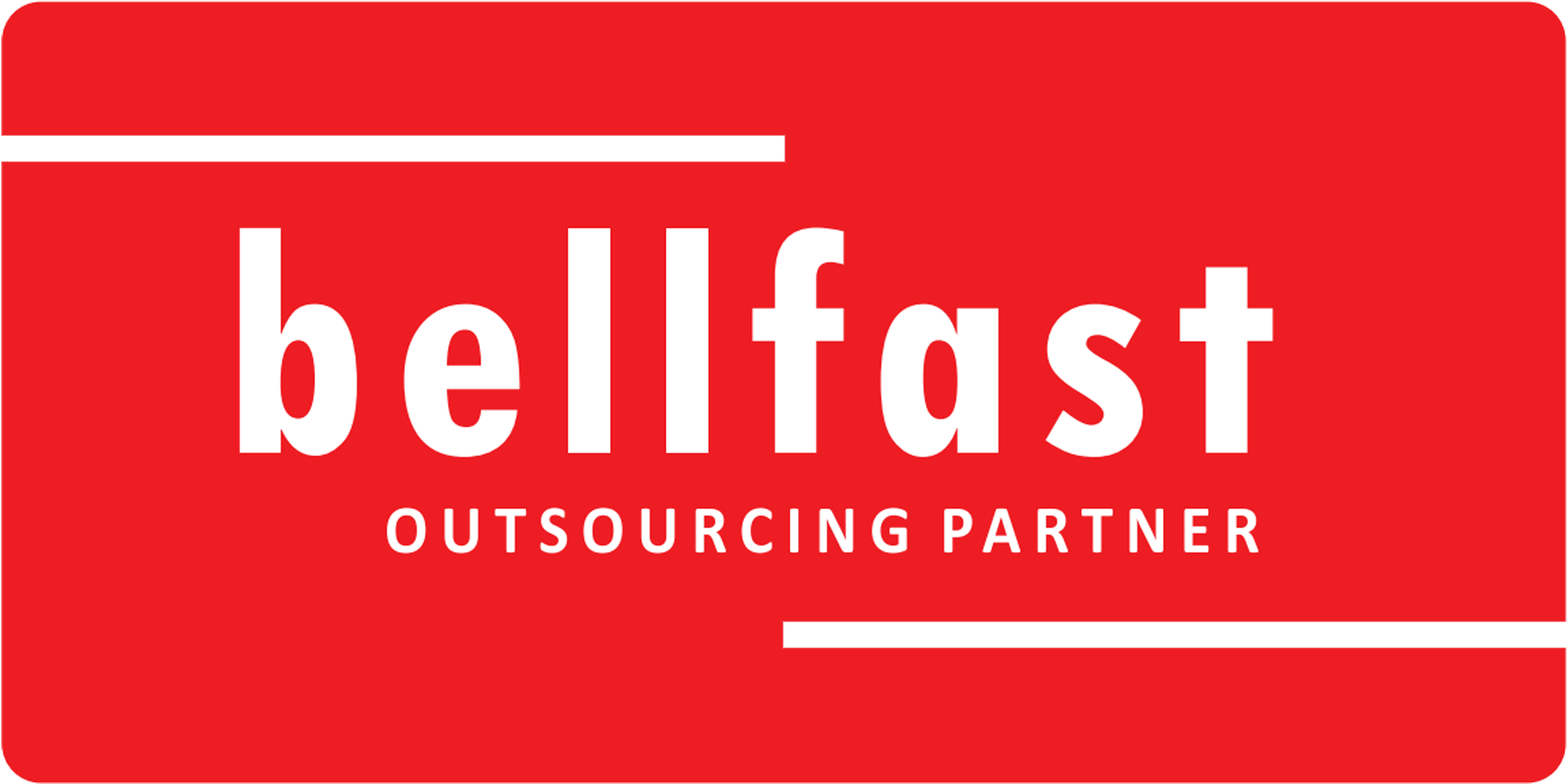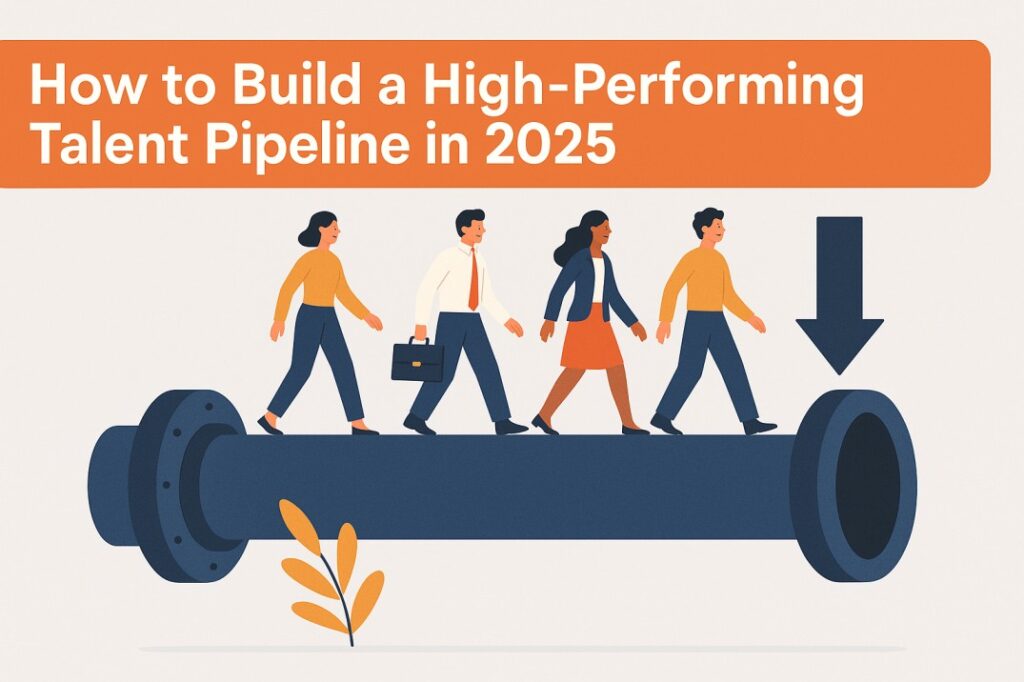In the ever-evolving world of work, talent acquisition is no longer just about filling vacancies—it’s about proactively building a strong, agile talent pipeline that can fuel long-term business success. As we move into 2025, organizations must rethink traditional hiring models and adopt forward-thinking strategies to stay ahead in an increasingly competitive job market.
This blog explores key strategies to build a high-performing talent pipeline in 2025, offering insights into trends, tools, and best practices that can help HR leaders attract, nurture, and retain top talent.
1. Start with Strategic Workforce Planning
Building a robust talent pipeline begins with understanding your future talent needs. In 2025, workforce planning should be data-driven and aligned with your business goals.
- Analyze upcoming projects, expansion plans, and market changes.
- Identify skills gaps and critical roles that need future-ready talent.
- Forecast internal movements, retirements, and turnover trends.
A clear view of future talent requirements allows HR teams to take a proactive approach to sourcing and development.
2. Invest in Employer Branding
Your employer brand is your most valuable recruitment asset. Candidates in 2025 will prioritize companies that align with their values, offer growth opportunities, and promote work-life balance.
- Leverage employee testimonials and success stories.
- Maintain a strong presence on social media and review platforms.
- Highlight DE&I initiatives, purpose-driven work, and flexible work culture.
An authentic, consistent employer brand attracts better-fit candidates and improves the quality of your talent pipeline.
3. Build Relationships, Not Just Resumes
In the talent economy of 2025, building long-term relationships with potential candidates is key.
- Create talent communities and engage passive candidates.
- Use email campaigns, webinars, and industry events to stay connected.
- Offer value through content like career advice, industry insights, and upskilling resources.
Engaged talent pools reduce time-to-hire and ensure you’re top-of-mind when candidates are ready to make a move.
4. Leverage Talent Analytics and AI Tools
Technology is transforming talent acquisition. In 2025, HR teams should utilize advanced tools to identify trends, streamline hiring, and personalize candidate experiences.
- Use AI for resume screening, chatbots for engagement, and predictive analytics for identifying top talent.
- Analyze sourcing data to refine recruitment strategies.
- Track conversion rates and pipeline health in real-time.
Smart use of technology enables faster, smarter, and more inclusive hiring decisions.
5. Nurture Internal Talent
A high-performing pipeline isn’t just about external candidates. In 2025, internal mobility and talent development will play a central role.
- Map current employees’ skills and career aspirations.
- Provide mentorship, learning opportunities, and stretch assignments.
- Promote a culture of continuous learning and growth.
Investing in internal talent boosts retention, reduces hiring costs, and strengthens your leadership bench.
6. Focus on Skills, Not Just Roles
The future of work is skill-based. In 2025, successful organizations will prioritize skills over job titles.
- Implement skills-based assessments and competency frameworks.
- Identify adjacent skills and transferable capabilities.
- Build job descriptions that emphasize skills needed to perform, rather than rigid qualifications.
This approach widens the talent pool and enables better matches for evolving business needs.
7. Prioritize Diversity, Equity, and Inclusion (DE&I)
A high-performing pipeline must reflect the diversity of the world we live in. In 2025, inclusive hiring is not optional—it’s essential.
- Audit your hiring practices for bias and accessibility.
- Partner with diverse talent sources and communities.
- Train recruiters and managers on inclusive interviewing.
DE&I strengthens innovation, improves employee satisfaction, and enhances your brand reputation.
8. Create Seamless Candidate Experiences
Top talent won’t wait around. A streamlined, engaging hiring process is crucial to maintaining a healthy pipeline.
- Optimize your application process for mobile and speed.
- Communicate regularly and transparently with candidates.
- Provide constructive feedback and keep them engaged post-interview.
Positive candidate experiences increase offer acceptance rates and referrals.
9. Measure, Iterate, and Improve
A great pipeline is never static. It requires regular monitoring and refinement.
- Set KPIs like time-to-fill, quality of hire, and candidate satisfaction.
- Solicit feedback from new hires and hiring managers.
- Adapt strategies based on data and market shifts.
Continuous improvement ensures your pipeline stays agile and aligned with business goals.
Final Thoughts
In 2025, building a high-performing talent pipeline means being proactive, people-focused, and tech-enabled. It’s about looking beyond immediate vacancies to foster long-term relationships, invest in internal growth, and create inclusive, skill-centric hiring ecosystems.
By focusing on strategy, branding, engagement, and technology, organizations can attract top talent and create a resilient workforce ready for the future.

